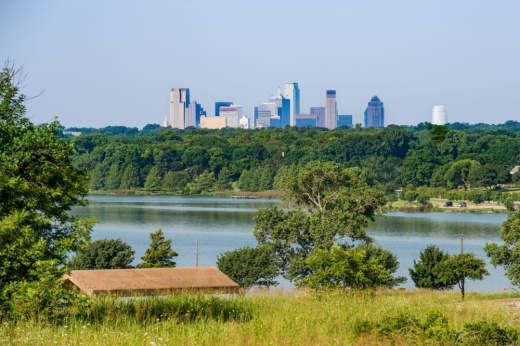On Nov. 28, Johnson sent a memo to City Manager T.C. Broadnax calling for an inventory of unused, vacant and underused city-owned land that could eventually be “transformed” into new public spaces.
“As Dallas continues to develop, prospective parkland is becoming more expensive and difficult to find,” Johnson wrote in the memo. “Through land already owned by the city of Dallas, we have opportunities to create new green spaces and improve neighborhoods across our city.”
Directing Broadnax to work with the Dallas Parks and Recreation Department and the Trust for Public Land, the memo stated the inventory should include a map with information such as the zoning of the land, the name of the department responsible for the land, any existing plans for the land and the market value of the land. Ultimately, the effort will look to determine whether the properties could be converted into parks, playgrounds or sport courts.
Not putting a timeline on the effort, Johnson also said the city could look at using the identified land for affordable housing.
“We’ll continue to think big about parks and trails, but it’s also time for us to think bigger about thinking small,” Johnson said during the State of the City address. “If there isn’t a feasible development plan for any piece of city-owned property, we should responsibly and strategically develop it into a park or other green space or affordable housing.”
Parks have long been a priority for Johnson, the mayor said during the State of the City, adding one of his first acts was to recommit Dallas to the Trust for Public Land’s 10-Minute Walk Campaign, which seeks to create park space within walking distance of all residents. While Johnson said in the memo that the city has accomplished that goal for nearly 300,000 residents in recent years, he noted more than a quarter of Dallas residents lack that walkable access to a park.
The move comes as Dallas, which has more than 20,000 acres of developed and undeveloped parkland across 397 parks, has been working to increase those numbers across the city. Earlier this year, the city and nonprofit partner Parks for Downtown Dallas opened the 5.7-acre Carpenter Park—the largest park in the city’s downtown area and part of 23 acres of downtown parks that have been added in less than two decades, according to the mayor. In addition, the city is working on developing the Southern Gateway Park north of I-35, turning 110 acres of Oncor-donated land into Parkdale Lake Park in southeastern Dallas, and finalizing the 50-mile LOOP trail project.
“Creating new public spaces out of land we already own can improve the health and quality of life of countless residents, children and families across Dallas,” Johnson wrote in the memo. “We must be proactive, and we must be bold. We are dreamers, not speculators. We must also be a city of doer, and not perpetual planners.”





